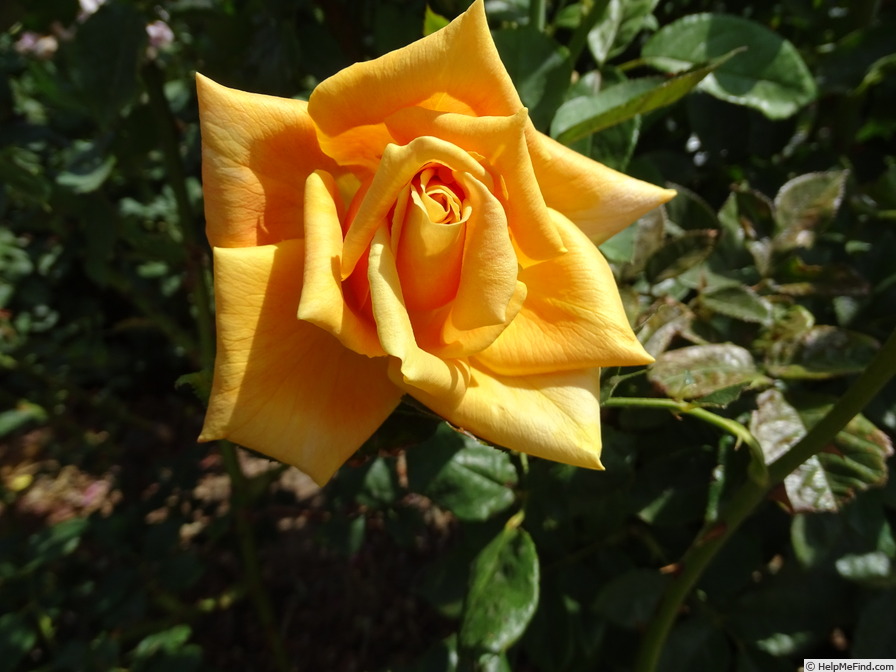|
|
'Caramel Crème' rose Description

Photo courtesy of Jean Hansen
Bloom:
Yellow to buff, orange shading. Mild, spice fragrance. 29 to 30 petals. Average diameter 4.25". Large, full (26-40 petals), borne mostly solitary, in small clusters, high-centered bloom form. Blooms in flushes throughout the season. Medium, ovoid buds.
Habit:
Few or no prickles/thorns, well-branched. Semi-glossy foliage. 3 to 5 leaflets.
Growing:
USDA zone 6b through 9b (default). Spring Pruning: Remove old canes and dead or diseased wood and cut back canes that cross. In warmer climates, cut back the remaining canes by about one-third. In colder areas, you'll probably find you'll have to prune a little more than that.
Patents:
United States - Patent No: PP 4,706 on 5 May 1981 VIEW USPTO PATENTApplication No: 06/142,179 on 21 Apr 1980 The present invention relates to a new and distinct variety of rose plant of the hybrid tea rose class, which was originated by my crossing as seed parent an unnamed, unreleased seedling of my creation and the rose known as "Oldtimer" as pollen parent.
|